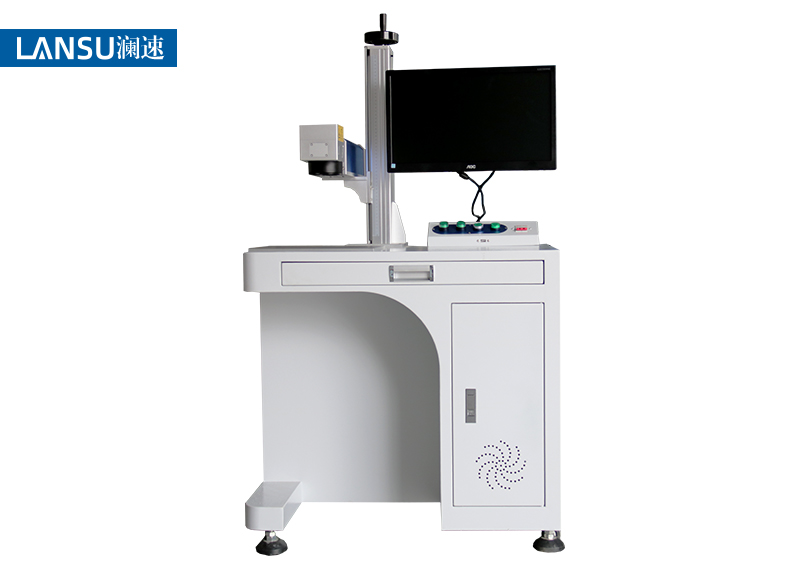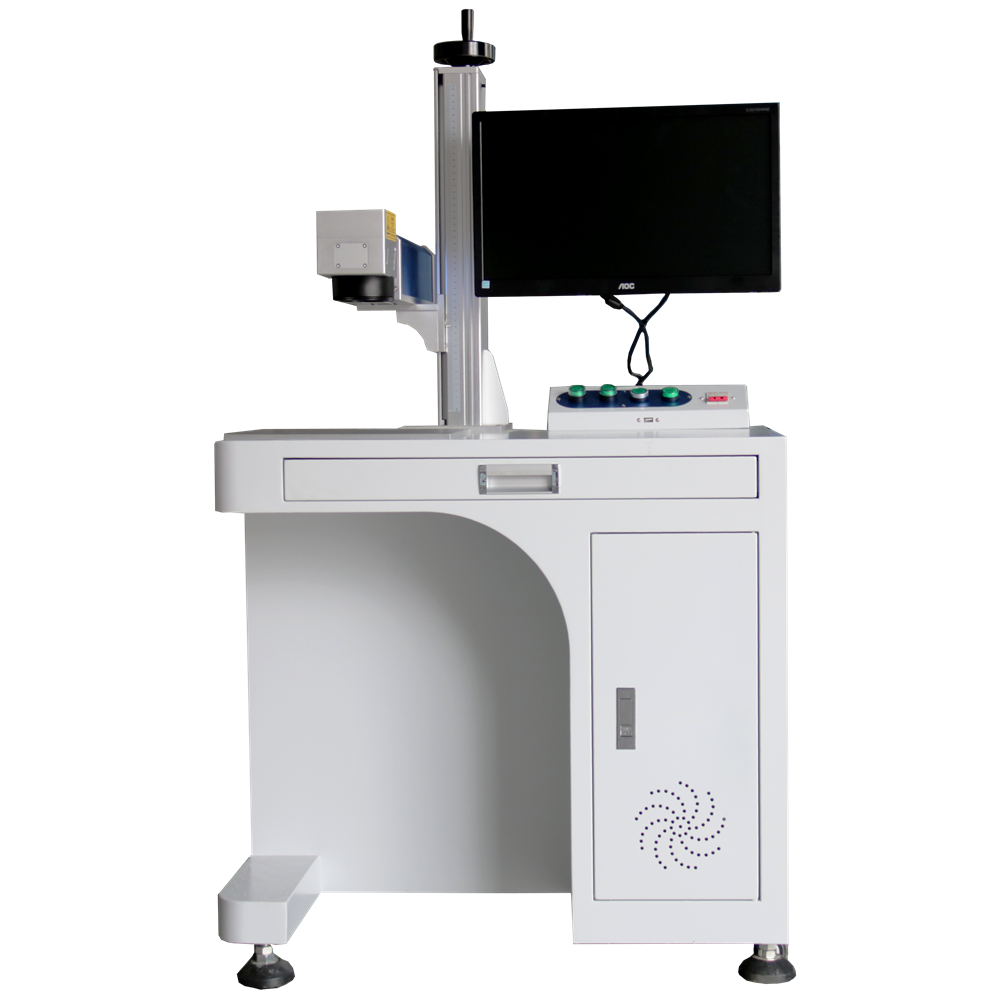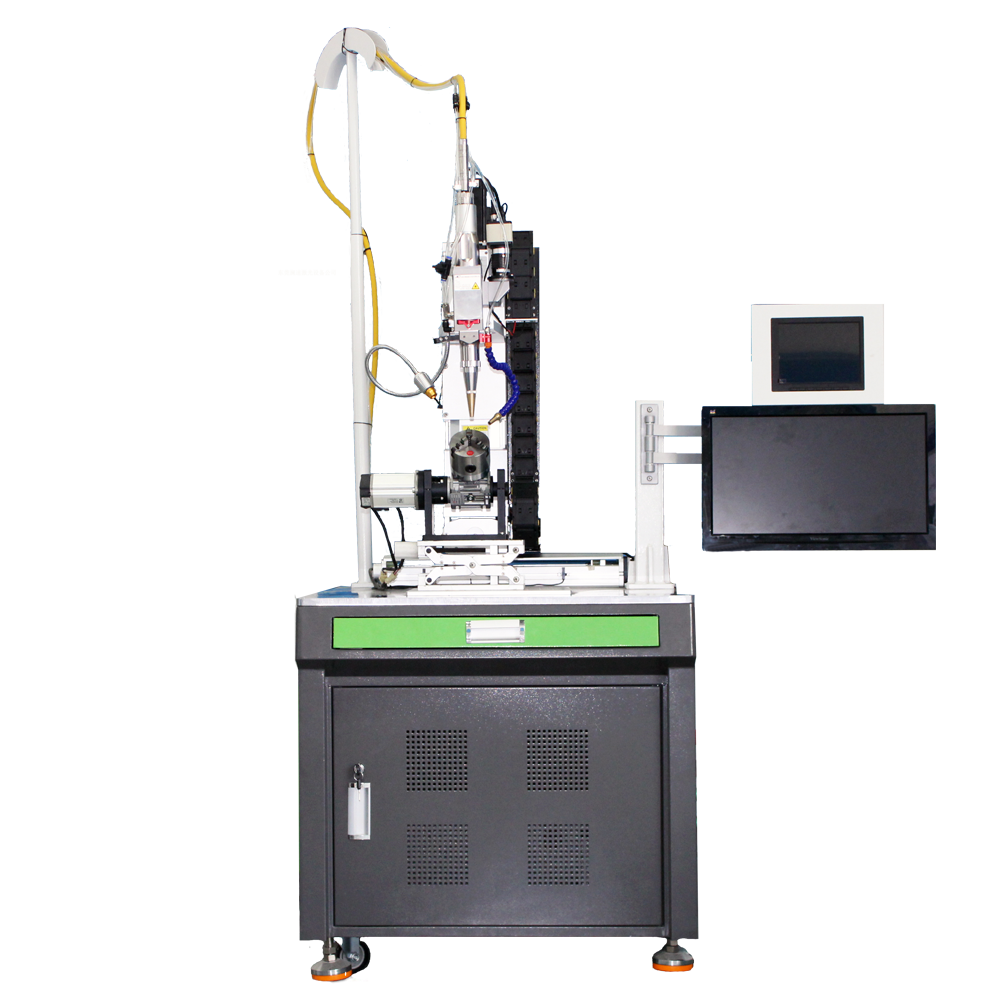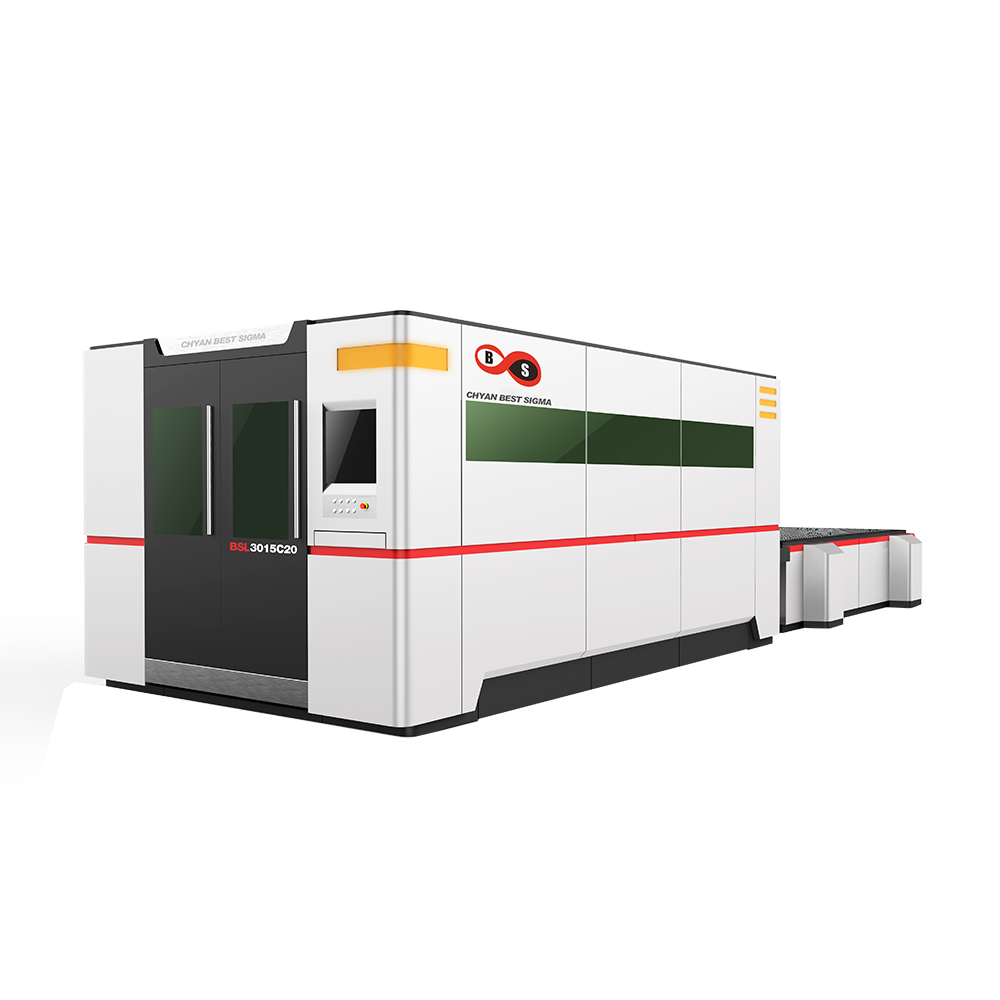Refrigeration principle of laser marking machine
Refrigeration principle of laser marking machine
Temperature is a physical quantity that indicates the degree of coldness and heat of an object. Microscopically speaking, it is the intensity of the thermal motion of an object's molecules. As we all know, all the molecules and atoms around us are in constant and irregular thermal motion. The essence of our refrigeration is to reduce the intensity of the overall thermal motion of these molecules or atoms. So what is the cooling principle of the laser marking machine?
First, quantum mechanics proposes that atoms can only absorb photons of a specific frequency, thereby changing their momentum and Doppler effect. When the source moves to the observer and when the source moves away from the observer, the frequency of the wave becomes higher. The same conclusion can be obtained when the observer moves. The same goes for atoms. When the direction of the atom's movement is opposite to that of the photon, the frequency of the photon will increase, and when the direction of the atom's movement is the same as the direction of the photon, the frequency of the photon will decrease. Another principle of physics is that light has momentum, although it does not have static mass. Therefore, a simple model for laser marking machine cooling can be constructed by considering all the above-mentioned physical properties.

The laser frequency of the laser marking machine is adjustable within a certain range, and when the frequency of the laser is adjusted to be slightly lower than the absorption frequency of an atom, there will be unexpected results. This happens when a particular atom is illuminated with such a beam of light. If the atom is moving towards the laser beam, the frequency of the photon increases due to the Doppler effect of light, and the original laser photon frequency is just slightly less than the absorbable frequency of the atom. At this time, the Doppler effect is just Absorbed by the atom.
This absorption appears as a change in momentum. Because the direction of photon movement is opposite to that of the atom, after the photon collides with the atom, the atom transitions to the excited state and the momentum decreases, so the kinetic energy also decreases. For atoms in other directions of movement, the frequency of the corresponding photons will not increase, so the photons in the laser beam cannot be absorbed, so there is no increase in momentum, which is the same with respect to kinetic energy. This is the approximate cooling principle of the laser marking machine.






